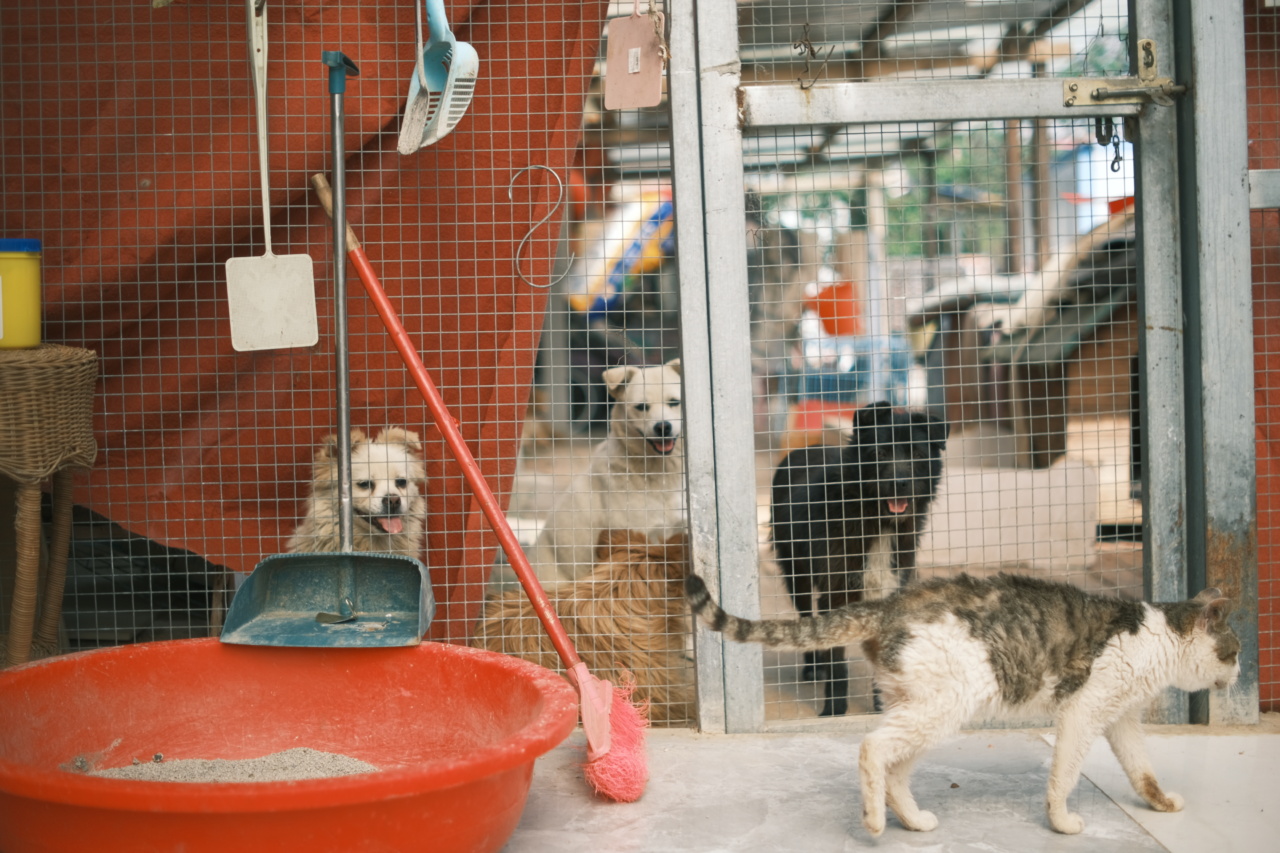Every pet owner wants their furry friend to be healthy and happy throughout their life. One way to ensure the well-being of your pet is by considering their reproductive health.
Sterilization is an effective way to control the pet’s population and help them lead a healthy life. Here, we will discuss the benefits and drawbacks of sterilization for dogs and cats.
Benefits of Sterilization for Dogs and Cats
1. Prevent Unwanted Pregnancies
Sterilization helps prevent unwanted pregnancies in dogs and cats. It ensures that your pet does not add to the already over-burdened population of homeless animals.
Unwanted litters often end up in animal shelters and can add to the burden of animal welfare organizations.
2. Reduce the Risk of Certain Cancers
Studies show that sterilization can reduce the risk of certain cancers in dogs and cats. In females, it can help prevent uterine and ovarian cancers, and in males, it can reduce the risk of testicular cancer.
Sterilization also eliminates the risk of mammary gland tumors in female dogs.
3. Reduce Behavioral Problems
Sterilization can help reduce certain behavioral problems in dogs and cats. Unneutered male dogs have a tendency to mark their territory, show aggression, and engage in unwanted behavior.
Unspayed female cats often become aggressive during their heat cycle and may attract other males, leading to unwanted litters. Sterilization can help reduce such behavioral problems.
4. Extend Lifespan
Sterilization can help extend the lifespan of your pet. Pets that are sterilized live longer as they have a reduced risk of certain cancers and other health problems.
Sterilized pets also have a lower risk of getting into fights and accidents that can cause injury or death.
5. Cost-Effective
Sterilization is cost-effective in the long run. The initial cost of sterilization is relatively low compared to the expenses that may be incurred on the care of unwanted litters, treating cancers, and other health problems.
By sterilizing your pet, you can save on these expenses and ensure the well-being of your pet.
Drawbacks of Sterilization for Dogs and Cats
1. Risk of Surgery
Sterilization requires surgery, which can be risky in some cases. Apart from the complications that may arise during surgery, there is also a risk of post-operative infections.
However, these risks are minimal and can be minimized by choosing a qualified and experienced veterinarian.
2. Behavioral Changes
Sterilization can lead to behavioral changes in pets. Female pets may become less affectionate after being spayed, and male pets may become less assertive after being neutered.
However, these behavioral changes are usually temporary and can be managed with proper training and socialization.
3. Weight Gain
Sterilization can lead to weight gain in pets. Sterilized pets may have a slower metabolism, leading to weight gain. However, this can be managed by reducing the amount of food and providing adequate exercise.
4. Age-Related Health Issues
Sterilized pets may be prone to certain age-related health issues. Since sterilization reduces the risk of certain cancers, it may also affect the production of hormones that are necessary for healthy aging.
This may lead to health issues like joint problems, urinary incontinence, and bladder control problems.
5. Impact on Natural Behavior
Sterilization can have an impact on the natural behavior of pets. It eliminates the drive to mate and reproduce, which is a natural behavior in pets. This may lead to frustration, anxiety, and other behavioral problems in some pets.
Conclusion
Sterilization is a safe and effective way to control the population of pets and improve their health. It has several benefits, including preventing unwanted pregnancies, reducing the risk of certain cancers, and extending the lifespan of pets.
However, it also has drawbacks, including the risk of surgery, behavioral changes, weight gain, age-related health issues, and impact on natural behavior. As a pet owner, you should carefully consider these factors before choosing to sterilize your pet.






























